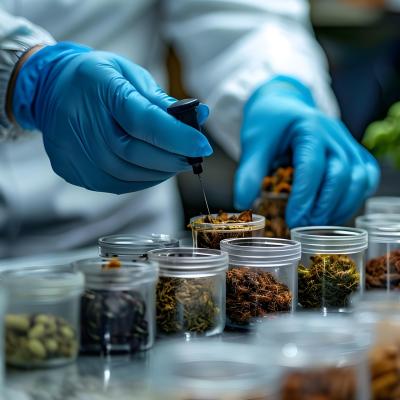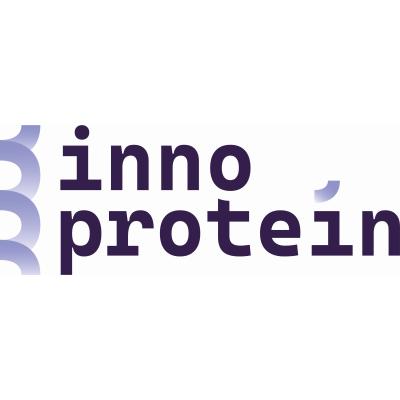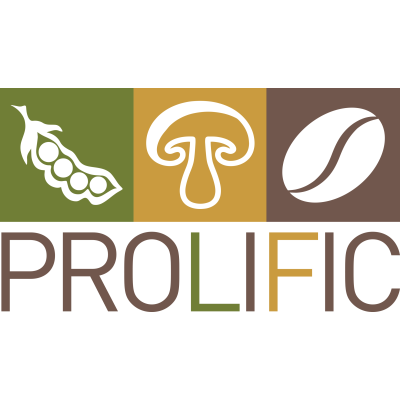
A new report published by the European Academies Science Advisory Council (EASAC), suggests that alternative proteins can positively contribute to Europe’s climate, biodiversity and food security goals. The findings come as the EU develops its protein strategy to strengthen sustainable food systems.
EASAC, an organisation that provides independent science advice to European policymakers, connects the national academies of science from EU member states, Norway, Switzerland, the UK, and Academia Europaea, a pan-European academy. Their report examined a range of protein alternatives (including plant-based products, insect-derived proteins, microbial fermentation, and cultivated meat) and concluded that, when not overly processed, these options can be healthier than conventional meat. While acknowledging the rapid pace of scientific and technological development in this field, the authors stress that current policy frameworks do not yet fully reflect these advances.
The EU needs to act now if it wants to stay ahead of the protein transition, ensure food security, and meet its climate and biodiversity goals. It should create policies that support innovation in meat alternatives while ensuring food safety and consumer protection.
Professor Bert Rima, chair of the EASAC working group.
He also noted that future generations in Europe are likely to consume less meat, an adjustment that could be both necessary and beneficial. To help guide decision-makers, EASAC outlines six areas for action:
Improving transparency and labelling.
Establishing regulatory clarity.
Strengthening sustainability standards.
Promoting consumer awareness.
Supporting research and innovation.
Consider ethical and societal dimensions.
While EASAC sets out the roadmap, CBE JU is already helping to deliver the solutions. Since 2014, CBE JU has supported projects that demonstrate how alternative proteins can be produced at scale, valorising side streams, reducing carbon emissions and offering consumers healthier and more sustainable choices while, at the same time, reducing Europe’s dependency on strategic imports.
The future of protein production in Europe lies in the integration of biotechnology, sustainable raw materials, and smart process control. As the demand for tasty, nutritious, and eco-friendly protein sources continues to grow, alternative proteins, such as those derived from fungi, are essential for decoupling growth from the environmental costs of traditional livestock. Investment and innovation in this sector are not just opportunities for industry leadership, but also critical steps toward food security, climate resilience, and the transition to a sustainable bioeconomy.
Anne Christine S. Hastrup (Coordinator of ZEST)
Scaling up the production of safe innovative proteins
In the Netherlands, the PLENITUDE project has opened a pioneering biorefinery that produces ABUNDA, a sustainable protein made from fungi. Mycoproteins provide all nine essential amino acids and are rich in fibre as well as minerals like iron and zinc. It also offers nutritional advantages: it is low in saturated fat and salt and contains no cholesterol. ABUNDA can be used in food, pet food and even packaging.
The PROTEUS project, a newly funded flagship, is looking to establish the world’s first fully integrated industrial-scale biorefinery dedicated to harnessing the full potential of Europe’s brown macroalgae. By developing chemical-free harvesting and extraction methods, PROTEUS plans to convert 100% of this renewable resource into products for food, animal feed, personal care and industrial applications.
The GreenProtein project focused on producing high-value, food-grade proteins and other ingredients from plant-based food waste. Its main goal was to prove the extraction and purity of the RuBisCO protein isolates at an industrial scale using discards from the vegetable processing industry. RuBisCO protein, which makes up about half of the protein in green leaves, is found in all green plants and vegetables, making it one of the more widely available protein sources.
With the world’s population steadily growing, the demand for protein is rising beyond what traditional sources can sustainably supply. The ZEST project aims to optimise fermentation processes and utilise low-cost agricultural waste as feedstock to produce a range of bio-based protein products, including protein-enriched food and animal feed, as well as related bioproducts like cosmetic ingredients.
The Innoprotein project addresses the growing demand for sustainable protein sources that are nutritious, healthy and versatile. The project focuses on developing single-cell proteins from microalgae, bacteria and fungi, as well as proteins from insects. These proteins can be used in food, animal feed and non-food bio-based products, adopting a circular, zero-waste approach.
Now completed, the Prolific project turned agricultural residues into valuable resources through eco-friendly extraction processes. Legumes yield proteins and fibres, mushrooms provide chitosan for biomedical use and coffee beans and silver skins are rich in antioxidant polyphenols. Prolific explored 18 prototypes and the products they developed included food, vegan meat, animal feed, cosmetics and biodegradable packaging.
Alternative proteins for a sustainable future
As the global population is expected to approach 10 billion by 2050, meeting the nutritional needs of this growing population will require a major increase in food production, putting additional pressure on the environment and posing broader risks to planetary health.
InnoProtein is reimagining where our protein comes from: microalgae, fungi, bacteria and insects have untapped potential. By unlocking these new sources, we aim to provide healthy protein alternatives and drive a more sustainable future.
Thomas Dietrich, Project Manager Food & Health
Alternative proteins are more than a transitory fashion, they provide practical solutions to environmental, economic and nutritional challenges. From algae and fungi to bacteria and insects, each alternative brings unique advantages that can complement existing protein sources. Microalgae are protein-rich and provide health-promoting compounds. Bacteria grow quickly on minimal resources and strengthen food security. Fungi deliver essential amino acids and fibre while using far less land and water than livestock. Insects require fewer resources, produce minimal emissions, and grow rapidly.
Together, these alternatives are a diverse, resilient and sustainable protein portfolio capable of supporting a growing global population. Embracing these innovations does not require abandoning familiar foods; it opens the door to new possibilities that benefit both people and the planet.






